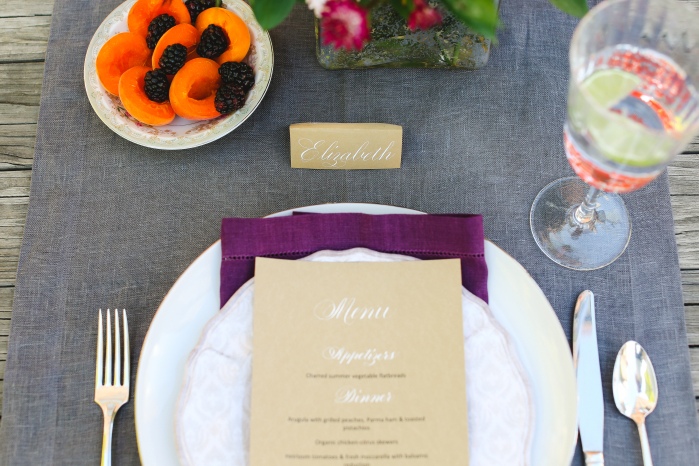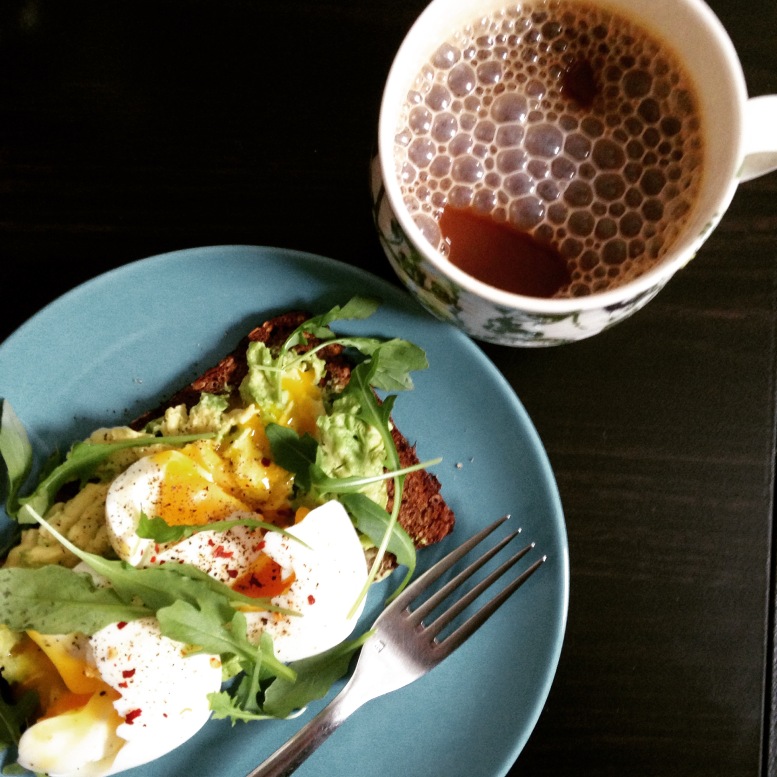 Back in October, I was lucky enough to be a guest instructor at South End Kitchen in Burlington, VT, the joint restaurant and cooking school run by my cousin chef Sarah Langan. Recreational classes have a big focus on chocolate, as South End is run in conjunction with the Lake Champlain Chocolate company. The theme of our class was all things Mediterrean and focused on authentic ingredients like za’atar, sumac, sesame and orange blossom water with local Vermont dairy, eggs and gorgeous produce. Here’s what we made:
Back in October, I was lucky enough to be a guest instructor at South End Kitchen in Burlington, VT, the joint restaurant and cooking school run by my cousin chef Sarah Langan. Recreational classes have a big focus on chocolate, as South End is run in conjunction with the Lake Champlain Chocolate company. The theme of our class was all things Mediterrean and focused on authentic ingredients like za’atar, sumac, sesame and orange blossom water with local Vermont dairy, eggs and gorgeous produce. Here’s what we made:
- Smashed Winter Squash Toast with Za’atar and Feta
- Shakshuka (Eggs Poached in Spicy Tomato Sauce)
- Roasted Root Vegetable Salad with Pomegranate
- Orange Blossom Yogurt with Sesame and Citrus
- Apple Bitters and Prosecco – we had to have a cocktail, of course!
Thank you again to the entire South End team for the opportunity! I will definitely be back to Burlington soon.
Here’s the recipe for the toast – perfect for brunch or cut into pieces as an appetizer.
Smashed Winter Squash Toast with Za’atar and Feta
Serves about 8
- 1 small winter squash, such as kabocha or delicata, cut into 1” pieces*
- Olive oil
- Sea salt and fresh black pepper
- 1/2 teaspoon chile flakes, plus more for topping
- 1 yellow onion, thinly sliced
- 1/4 cup apple cider vinegar
- 2 tablespoons pure maple syrup
- 8 or more thick slices country or sourdough bread (or your favorite artisan bread)
- 1/2 cup fresh feta cheese
- 1 tablespoon za’atar*
- Handful chopped fresh mint
Heat oven to 425F. Toss squash with a few tablespoons of oil, a big pinch of salt, pepper and chile flakes. Spread onto a parchment-lined rimmed baking sheet. Roast, stirring occasionally, about 30 minutes until soft and caramelized.
While squash is roasting, caramelize onions. Heat a few more tablespoons of oil in a medium saute pan on medium-low heat. Add onions and a pinch of salt, and cook, stirring frequently, until dark and jammy, about 30 minutes. Add a splash of water to the pan if onions dry out. Add vinegar and syrup and cook about 10 more minutes.
In a large bowl, combine squash and onion mixture and smash with a potato masher or the back of a wooden spoon. You want some texture here, not a completely smooth mixture. Season with more salt and pepper to taste.
Toast bread in a toaster or better yet, drizzled with a bit of oil, salt and pepper and toasted on a sheet tray @ 375F until golden brown. Spread squash mixture onto toast and sprinkle with feta, za’atar and more chile flakes. Finish with fresh mint.
*No need to peel kabocha or delicata (really). If using butternut, make sure to peel.
*Za’atar is a an ancient Mediterranean spice blend typically made with thyme or oregano, sumac, sesame seeds and sometimes cumin. Sumac is a dark red spice that has a tart lemony zing. Za’atar is delicious on grilled or roasted meats and fish, hummus and even roasted sweet potatoes. Find it online, in specialty Mediterranean shops or Whole Foods. Or, makeyour own using this recipe from 101 Cookbook









